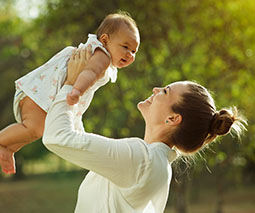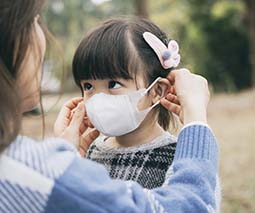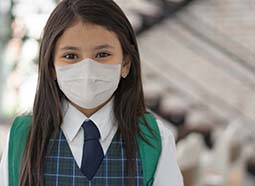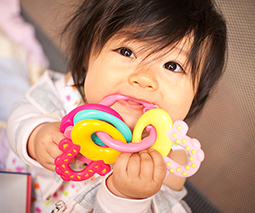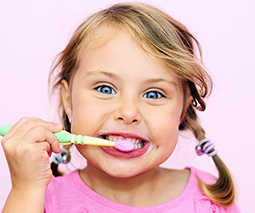Hey sunshine! What parents need to know about winter sun protection for kids
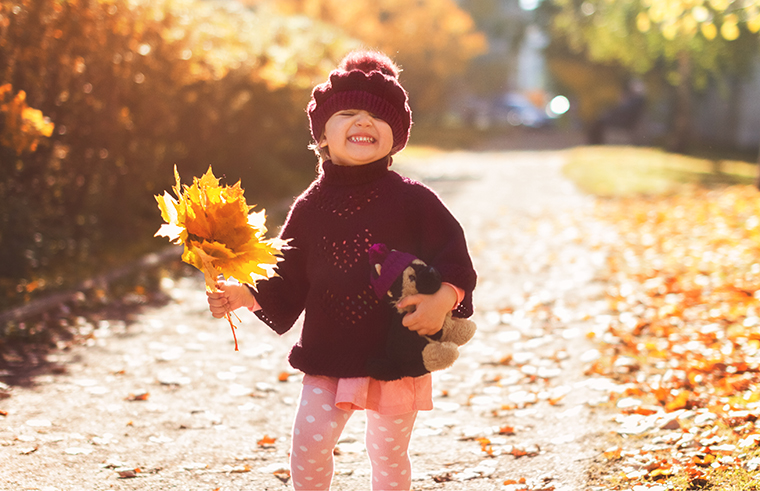
With shorter days and cooler weather, it can be very easy to let your strict summertime sun protection regime with your kids slip in the winter months. Because let’s be honest, when a bright sunshine-y day beckons, we are more inclined to forget the Slip-Slop-Slap routine in our rush to get the kids out the door to soak up all that lovely vitamin D.
But did you know that in many parts of Australia, UV levels remain at 3 or above right through the winter months? So it’s just as important to keep our kids’ sensitive skin safe with a good sun protection routine right through the year.
Here’s what you need to do to keep kids safe in the sun no matter what the season:
Sunscreen
Look for a SPF30 sunscreen when choosing an appropriate sunscreen for your child. It should be a broad spectrum, water resistant product and will need to be applied about 20 minutes before you head out into the sun. Zinc oxide sunscreens are the most recommended type for sensitive skins – so perfect for babies – so keep this in mind when choosing a sunscreen for littlies.
Lovekins Baby Sunscreen does the job really well, because on top of being a broad spectrum, water resistant, zinc oxide sunscreen (tick, tick, tick!), it is also enriched with Kakadu Plum (the richest source of vitamin C on Earth) and Candelilla Wax that acts as a protective barrier for the skin, to help prevent moisture loss. All great news when it comes to protecting that sensitive skin from drying winter winds.
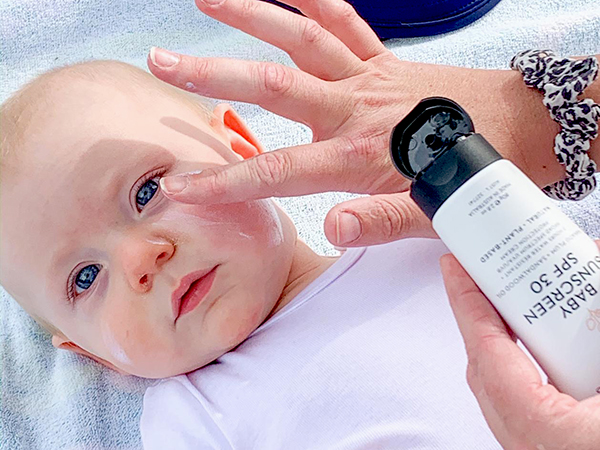
Sun hat
Choose a hat that will protect your child’s head, face, eyes, ears and neck – a cloth bucket, broad-brimmed or legionnaire-style hat are the best styles to do the job properly.
Make sure the hat fits well, and if you have a child who likes to constantly whip the hat off their head and throw it to the ground, choose one that has a well-secured strap too.
Sunglasses
Even in winter, the sun is bright and can be damaging to eyes. Children’s eyes are even more sensitive to UV absorption than an adult’s, with up to 80 percent of the lifetime UV exposure occurring before the age of 18, so it’s really important to start protecting those little eyes early. The best way to do this is to teach your kids to wear sunglasses from an early age. (And yes, they will probably love to whip these off their face and throw them to the ground too!)
Look for sunglasses with polarised lenses that provide 100 percent UV protection and fit your child’s face properly. Choose frames that are durable too – hopefully this will keep them safe from even the roughest handling.
What about cloudy days?
Don’t be fooled by those cloudy days – even though clouds block out the sunlight, they don’t block all the sun’s UV rays. Sure, the dark and gloomy winter clouds aren’t going to let much through, but those white fluffy clouds? They don’t do much of a job of blocking UV rays at all. So it’s important to pay attention to the weather before heading out the door, no matter what the temperature is outside.
And what about snow?
While it may feel counter-intuitive, your skin actually needs even more protection from the sun when you’re in the snow. Sure, the temperature demands a whole lot more clothing – beanie, mittens, snowsuit and jacket – but the skin that is left exposed, mostly your face and neck, is more vulnerable to sunburn.
This is because snow and ice can reflect up to 80 percent of the UV rays that reach the ground. So this means that when you’re in the snow, you are getting a double dose – firstly, from UV rays coming from the sky, and secondly from UV rays that are reflecting upwards from the ground. On top of that, there is increased UV exposure at higher altitudes.
So long story short, if you’re planning a family snow trip this winter, be sure to pack a really good broad spectrum sunscreen. Choose a zinc oxide sunscreen – again, Lovekins Baby Sunscreen is an excellent choice – because the minerals in the sunscreen create a physical barrier that sits on top of the skin and scatters, reflects and absorbs UVA and UVB rays. Exactly what you want in a highly reflective environment like the snow.
This post is sponsored by Lovekins.You can check out Lovekins on Instagram and Facebook.
